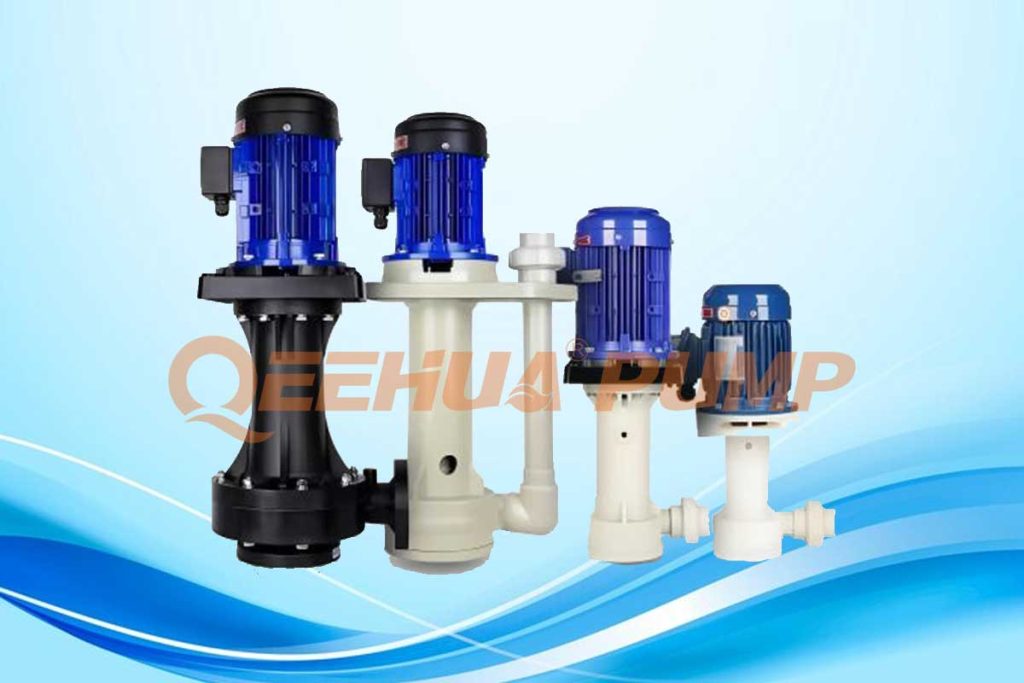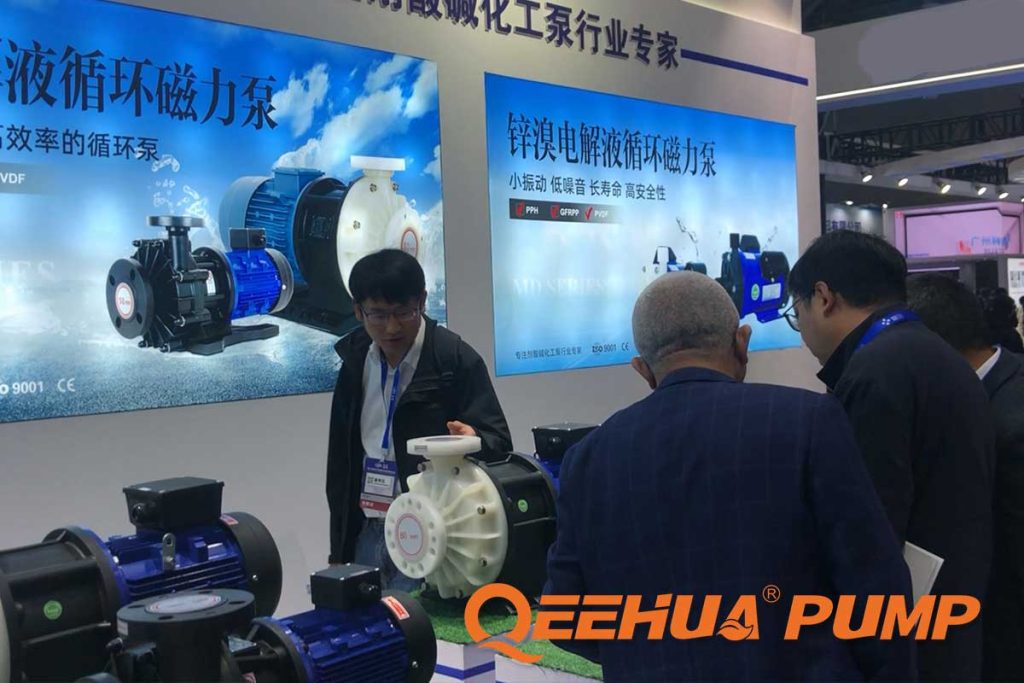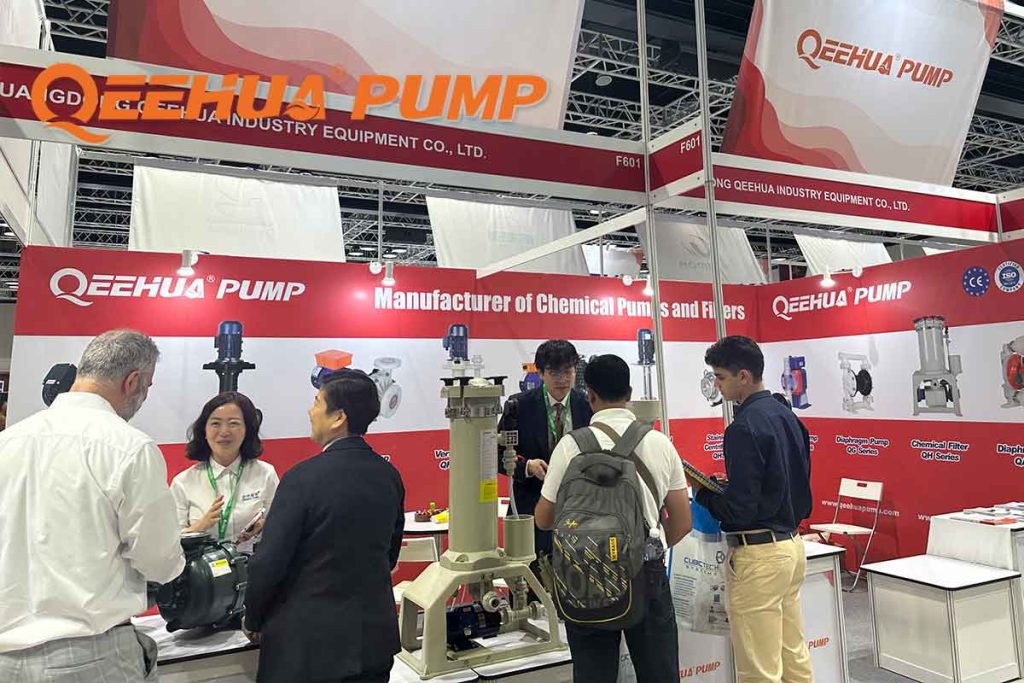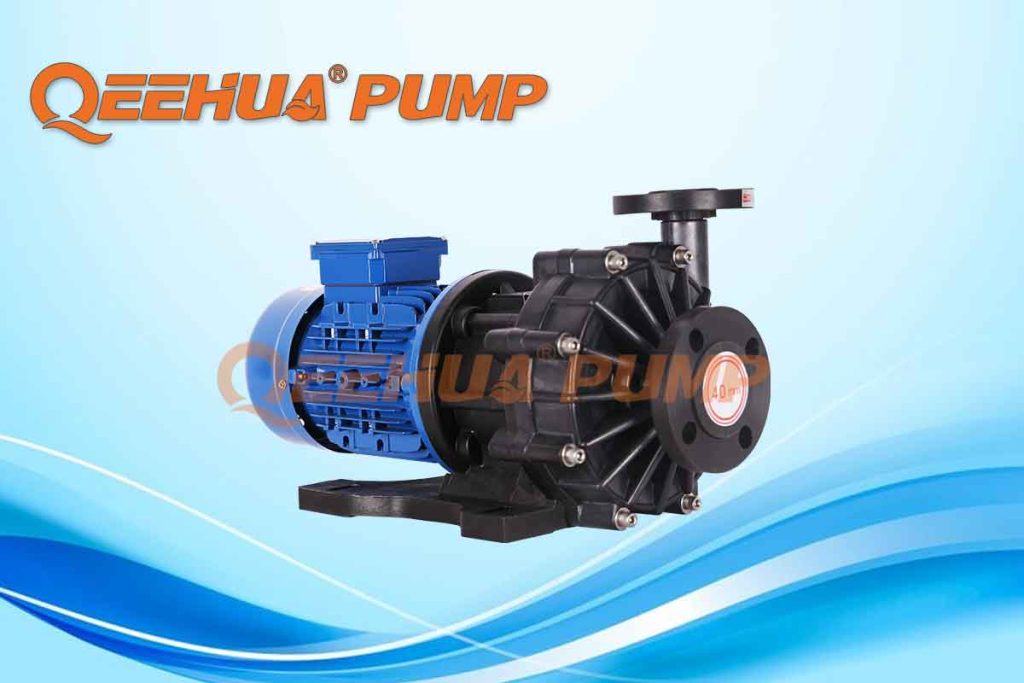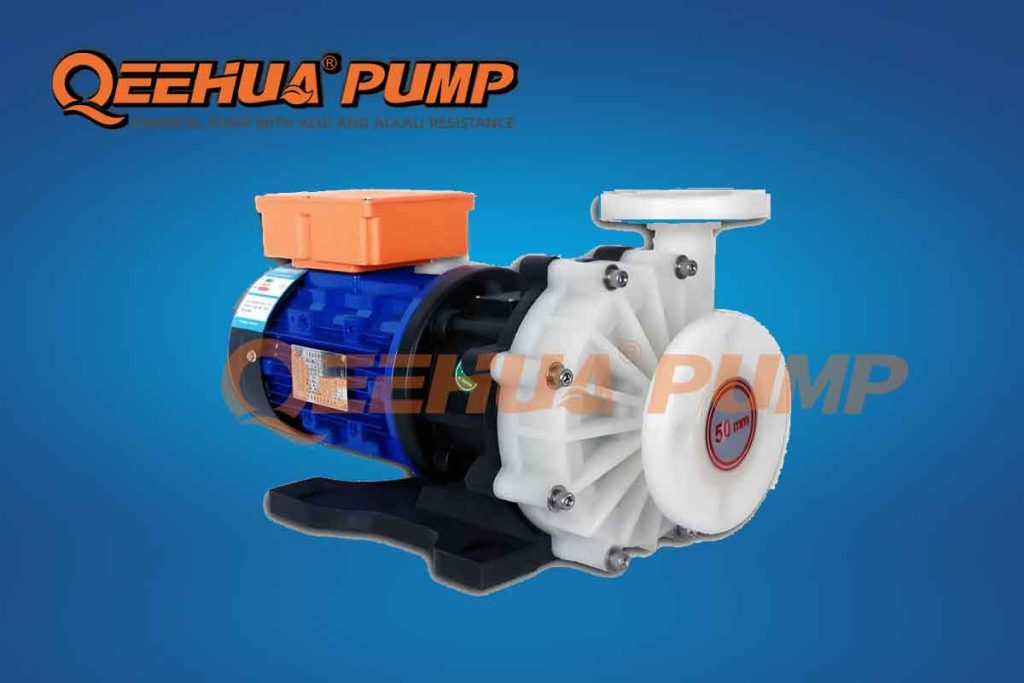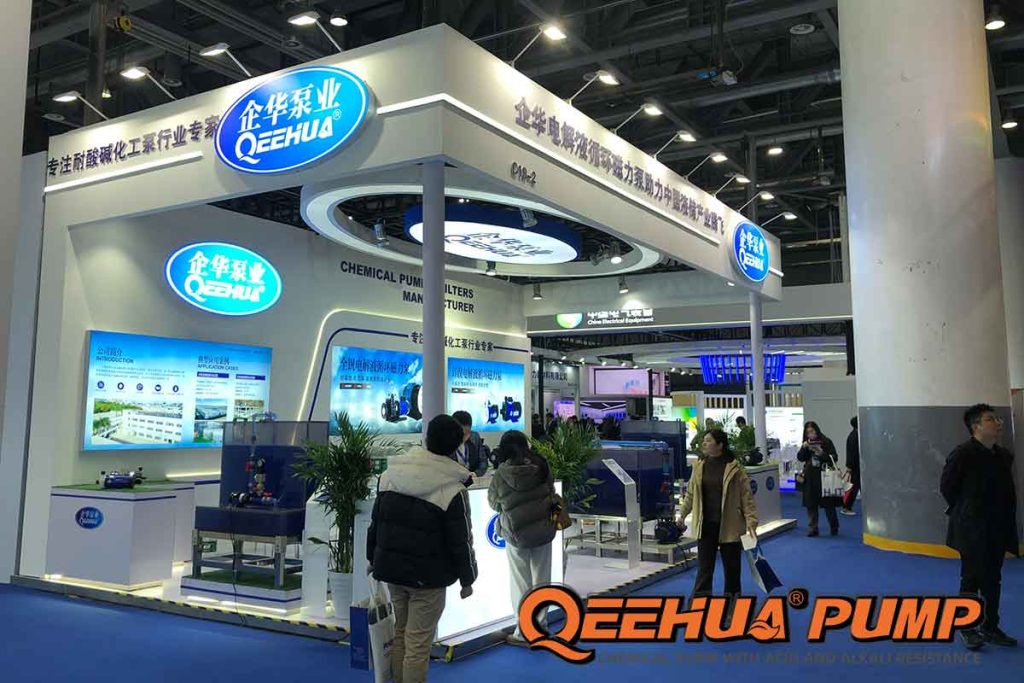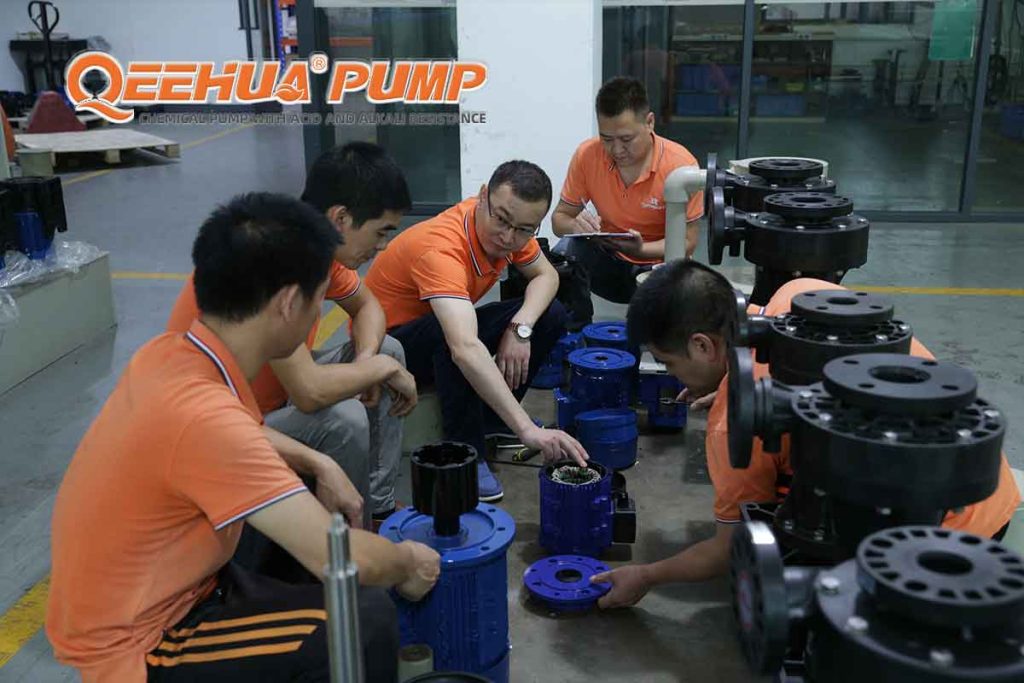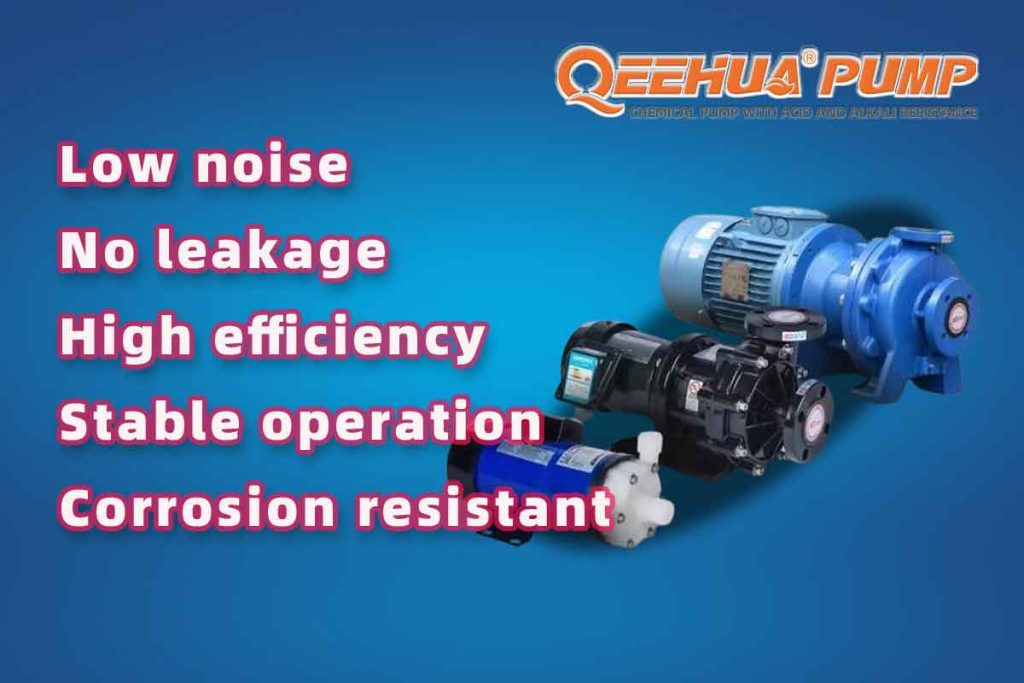As a chemical fluid engineering expert, the choice of electroplating process is crucial for both functionality and aesthetics. Depending on the size and structure of the workpieces, one of the three primary methods, namely, barrel plating, rack plating, and chemical plating, can be used for electroplating. From mixed electrolytes to wastewater treatment, the electroplating process involves several key steps, many of which rely on electroplating pumps. These pumps are indispensable for the safe and efficient transport of corrosive chemicals required in the electroplating and anodizing industries.
Types of Electroplating:
Barrel Plating
Barrel plating is a method that uses polypropylene barrels and a central rod for conducting electricity. The electroplated workpieces are placed inside the barrel and then immersed in electrolyte. The barrel slowly rotates, causing the workpieces to tumble within, resulting in a uniform and smooth finish.

Advantages:
-
-
- An increase in the number of parts doesn’t necessitate more labor, as long as they fit in the barrel, reducing costs.
- The same barrel can handle various types of parts, reducing the space requirements in the workshop.
-
Disadvantages:
-
-
- Barrel plating requires a lower current, so it takes longer than other processes.
- Not all types of parts are suitable for barrel plating, such as fragile or oversized parts that cannot fit inside the barrel.
-
Rack PlatingRack
Plating is a method where workpieces are hung on metal racks. Current is transmitted to the workpieces using wire hooks and screws, and then the entire rack is immersed in the electrolyte.

Advantages:
-
-
- Rack plating can handle workpieces of any shape or size, regardless of their fragility.
- Since there is no tumbling motion, workpieces remain scratch-free, ensuring uniform smoothness.
-
Disadvantages:
-
-
- The equipment costs for rack plating are higher, and manually hanging each workpiece on the racks increases labor costs.
- Custom racks may be needed for specific workpieces, making barrel plating more versatile in comparison.
-
Chemical Plating
Chemical plating utilizes autocatalytic conversion, which is different from the electro-deposition methods used in barrel and rack plating. In the chemical plating process, workpieces are placed in a bath containing a special solution, and after a certain period, a new coating is formed on the workpiece.
Advantages:
-
-
- Workpieces do not need to be made of conductive materials, allowing a wider range of materials, such as plastics, to be coated.
- Chemical plating provides the most even and durable coatings.
-
Disadvantages:
-
- Unlike barrel and rack plating, the plating solution in chemical plating has a limited lifespan and needs regular monitoring and replacement.
- Chemical plating is more expensive compared to the other two electroplating options.
Role of Chemical Pumps in Electroplating: Chemical pumps play a crucial role in the electroplating industry. From mixing electrolytes to tank emptying and wastewater treatment, these pumps are essential for ensuring precise reliability and facilitating effective electroplating, thus achieving the expected results.
Types of Electroplating pumps:
-
Sealless Magnetic Pumps
These pumps are specifically designed for handling the harshest chemicals and are well-suited for transporting corrosive chemicals in electroplating and anodizing processes. Their corrosion-resistant design ensures maximum safety for both processes.
-
Vertical Pumps
QEEHUA PUMP’s vertical pump series provides reliable and flexible operation for various electroplating applications. Their design eliminates aeration and microbubbles, crucial for achieving a perfect electroplating finish.
-
Air Diaphragm Pumps
These pumps are powered by compressed air and effectively handle solids and abrasives. Their streamlined design ensures ease of operation and maintenance. They possess strong chemical resistance and can be used with corrosive electroplating chemicals, providing uninterrupted, reliable, and durable performance.
Conclusion
In the electroplating process, both functionality and aesthetics are crucial considerations. The chosen electroplating method must be precise and reliable to facilitate effective electroplating and achieve the desired results. Electroplating pumps play a critical role in supporting these processes.
QEEHUA PUMP is firmly committed to excellence and innovation, emerging as a pioneer in the electroplating field. By offering a range of pumps designed to meet the specific needs of electroplating and anodizing industries, they have become a trusted partner in achieving precise and reliable electroplating results. As they continue to expand their business, their dedication to safety, efficiency, and excellence remains unwavering.




